Home>diy>Building & Construction>What Is Plywood Used For In Construction
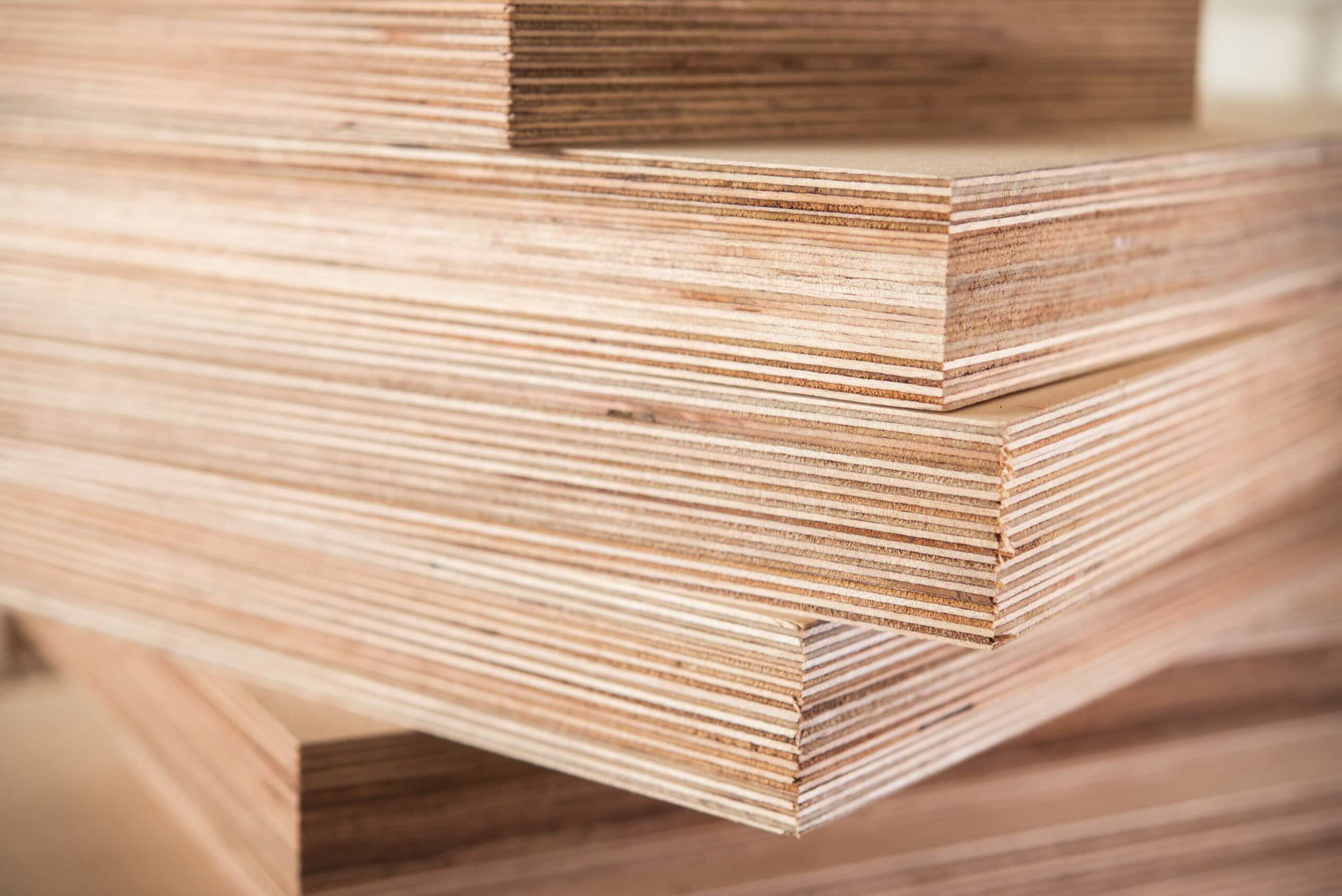

Building & Construction
What Is Plywood Used For In Construction
Modified: January 24, 2024
Discover the versatility of plywood in building construction. From framing to finishing, plywood is the go-to material for its strength and durability.
(Many of the links in this article redirect to a specific reviewed product. Your purchase of these products through affiliate links helps to generate commission for Storables.com, at no extra cost. Learn more)
Introduction
Welcome to the world of construction, where every small detail plays a vital role in building sturdy and safe structures. One such essential element that is widely used in construction is plywood. Plywood is a versatile material that has become synonymous with the construction industry due to its strength, durability, and wide range of applications.
Plywood is a type of engineered wood made by gluing together thin layers of wood veneers. These layers, known as plies, are stacked in alternating directions to create a strong and stable sheet. The gluing process uses a combination of heat and pressure, resulting in an exceptionally strong and versatile material.
In this article, we will explore the various types of plywood used in construction, its structural and non-structural applications, the advantages and disadvantages of using plywood, and its sustainability in the construction industry.
So, whether you’re a construction professional looking to expand your knowledge or a homeowner planning a renovation, join us as we dive into the fascinating world of plywood in construction.
Key Takeaways:
- Plywood is a versatile, durable, and sustainable material widely used in construction for structural support, decorative finishes, and custom furniture, offering strength, stability, and eco-friendly benefits.
- While plywood offers numerous advantages, including strength, versatility, and cost-effectiveness, it’s essential to consider potential drawbacks such as water vulnerability and limited aesthetic choices, making informed decisions crucial for construction projects.
Read more: What Plywood To Use For Shed Floor
Definition of Plywood
Plywood is a type of engineered wood that is widely used in the construction industry. It is made by bonding together several layers of wood veneers, known as plies, to create a strong and durable panel. Each ply is typically made from thin sheets of wood, such as softwood or hardwood, which are arranged in a cross-grain pattern. This cross-grain construction gives plywood its remarkable strength and stability.
The layers of wood veneers are bonded together using an adhesive, most commonly a resin-based glue, under high pressure and heat. This bonding process creates a solid and homogeneous panel with excellent structural integrity. The number of layers used in plywood can vary, typically ranging from three to seven, with odd numbers of layers being more common to ensure optimal strength and balance.
Plywood is available in various grades, which indicate the quality and intended use of the material. These grades are determined based on factors such as the appearance of the wood, the number and size of the knots, and the presence of any defects or imperfections. The most commonly used grading system in North America is the Plywood Grading System created by the American Plywood Association (APA).
One of the distinguishing features of plywood is its dimensional stability. Unlike solid wood, which is prone to expansion, contraction, and warping due to changes in temperature and humidity, plywood is more resistant to these issues. This stability makes it a reliable choice for construction, as it can withstand the stresses and strains imposed by changing environmental conditions.
Overall, plywood is a highly versatile and reliable material that offers a wide range of applications in construction. From structural support to decorative finishes, plywood has become an essential ingredient in building long-lasting and sturdy structures.
Types of Plywood Used in Construction
Plywood comes in various types, each designed to meet specific construction needs. The selection of plywood type depends on factors such as the intended application, durability requirements, and aesthetic preferences. Here are some of the most commonly used types of plywood in construction:
- Softwood Plywood: Softwood plywood is made from coniferous trees, such as pine or fir. It is widely used in construction for its affordability and availability. Softwood plywood is suitable for structural applications, such as walls, roofs, and flooring.
- Hardwood Plywood: Hardwood plywood is made from hardwood trees, such as oak, maple, or birch. It is known for its strength, durability, and attractive appearance. Hardwood plywood is commonly used for high-end applications, including cabinets, furniture, and decorative finishes.
- Marine Plywood: Marine plywood is specially designed for applications involving exposure to moisture and humidity. It is made using waterproof adhesive and veneers that are resistant to rot and fungal decay. Marine plywood is commonly used in boat construction, outdoor furniture, and wet areas such as bathrooms and kitchens.
- Decorative Plywood: Decorative plywood is specifically manufactured to have an attractive appearance. It features a veneer surface that can mimic the look of various wood species, such as oak, cherry, or walnut. Decorative plywood is widely used for interior finishes, such as paneling, cabinetry, and furniture.
- Film-Faced Plywood: Film-faced plywood, also known as shuttering plywood, is designed for use in concrete formwork. It has a waterproof film layer on its surface that provides protection against moisture and chemicals. Film-faced plywood is highly durable and can withstand the pressures exerted by wet concrete.
It’s important to note that these are just a few examples of the types of plywood used in construction. There are other specialized types available, such as fire-retardant plywood, flexible plywood, and structural insulated panels (SIPs). The choice of plywood type depends on the specific requirements of the project and should be selected in consultation with construction professionals or suppliers.
Now that we have explored the various types of plywood, let’s delve into the structural and non-structural uses of plywood in construction.
Structural Uses of Plywood in Construction
Plywood plays a crucial role in the structural integrity of many buildings and is commonly used for various construction purposes. Its strength, durability, and versatility make it an ideal choice for structural applications. Here are some of the key ways plywood is used in construction:
- Roofing: Plywood is commonly used as sheathing material for roofs. It provides a solid and stable base for the roof covering, such as shingles or metal panels. Plywood helps distribute the weight of the roof evenly and contributes to the overall structural stability of the building.
- Walls and Floors: Plywood is used as a sheathing material for exterior walls and subflooring for interior floors. It adds strength and rigidity to the structure and acts as a barrier against moisture and temperature changes. Plywood panels are often used in wall and floor systems to provide lateral bracing and enhance the building’s overall load-bearing capacity.
- Formwork: Plywood panels are extensively used as formwork in concrete construction. The sturdy nature of plywood allows it to withstand the weight and pressure of wet concrete, providing a temporary mold or framework for the poured material. Plywood formwork enables the creation of various shapes and sizes for columns, beams, and slabs, ensuring precise and efficient concrete placement.
- Beams and Joists: Plywood is often used to construct beams and joists in buildings. These structural elements provide support and distribute the load across the structure. Plywood beams and joists can be engineered to specific load-bearing requirements, offering a cost-effective alternative to solid wood beams.
- Platform Construction: Plywood is frequently used in platform construction, such as mezzanines and raised floors. It offers a stable and durable surface for decking and platforms, allowing for the efficient use of vertical space. Plywood platforms can be customized to suit specific requirements, such as load capacity and acoustic insulation.
These are just a few examples of the structural uses of plywood in construction. Plywood’s strength, versatility, and ease of installation make it a preferred choice for many builders and contractors. However, it is essential to ensure that the correct grade and thickness of plywood are used in each application to meet the required design and safety standards.
Now that we have explored the structural uses of plywood, let’s move on to its non-structural applications in construction.
Non-Structural Uses of Plywood in Construction
In addition to its primary role in structural applications, plywood is also widely used for various non-structural purposes in the construction industry. Its versatility and ease of use make it ideal for a range of applications. Here are some of the key non-structural uses of plywood in construction:
- Cabinetry and Furniture: Plywood is a popular choice for making cabinets, shelves, and furniture. It offers stability, strength, and a smooth surface for painting or veneering. Plywood can be easily shaped and cut into desired sizes, making it a preferred material for constructing custom-built furniture and cabinetry.
- Interior Paneling: Plywood panels are often used for interior wall paneling. They provide texture and visual interest to spaces, making them a versatile option for adding character to both residential and commercial interiors. Plywood paneling can be left in its natural finish or painted to match the desired aesthetic.
- Doors and Window Frames: Plywood is frequently used in the manufacturing of doors and window frames. It offers stability, durability, and resistance to warping, making it an excellent choice for these fixtures. Plywood can be veneered or coated to enhance its appearance and provide protection against the elements.
- Underlayment: Plywood is commonly used as an underlayment for flooring materials, such as hardwood, laminate, or tile. It provides a smooth and level surface, enhancing the stability and longevity of the flooring. Plywood underlayment also helps reduce noise transmission and acts as a moisture barrier.
- Shelving and Storage Systems: Plywood is a versatile material for constructing shelving units, storage systems, and built-in closets. Its strength allows for heavy load-bearing capacity, making it suitable for organizing and storing items in residential, commercial, and industrial settings.
These are just a few examples of the non-structural uses of plywood in construction. Plywood’s versatility, affordability, and ease of installation make it a preferred choice for many interior and decorative applications. It is important to choose the appropriate grade and finish of plywood for each specific use to ensure optimal performance and longevity.
Now that we have explored the non-structural uses of plywood, let’s move on to the advantages and disadvantages of using plywood in construction.
Plywood is commonly used in construction for sheathing, subflooring, and roofing. It provides strength, stability, and a smooth surface for finishing materials. Be sure to select the right grade and thickness for your specific project.
Advantages of Using Plywood in Construction
Plywood offers numerous advantages that make it a popular choice in the construction industry. Its unique characteristics and versatility contribute to its widespread use in various applications. Here are some of the key advantages of using plywood in construction:
- Strength and Durability: Plywood is renowned for its exceptional strength and durability. The cross-grain construction of plywood makes it resistant to warping, twisting, and cracking, ensuring long-term structural integrity.
- Stability: Plywood exhibits excellent dimensional stability, making it less prone to expansion and contraction due to changes in temperature and humidity. This stability reduces the risk of damage and ensures consistent performance over time.
- Versatility: Plywood is highly versatile, offering a wide range of applications. It can be used for both structural and non-structural purposes, such as roofing, flooring, cabinetry, and decorative finishes. Its flexibility and ease of customization make it suitable for various construction needs.
- Wide Range of Grades and Sizes: Plywood is available in different grades and sizes, allowing for greater flexibility in matching specific project requirements. Whether you need a high-quality finish or robust structural integrity, there is a plywood grade suited for every purpose.
- Cost-Effective: Plywood is generally more affordable than solid wood products, making it a cost-effective choice for construction projects. Its price combined with its durability and versatility offers excellent value for money.
- Easy Installation: Plywood is easy to handle and install, thanks to its standardized sizes and uniformity. It can be cut, shaped, and fastened with ease, reducing installation time and labor costs.
- Eco-Friendly: Plywood is an eco-friendly option compared to solid wood products. It is made from sustainable wood sources, and the manufacturing process minimizes waste. Additionally, plywood has excellent insulation properties, allowing for energy-efficient construction.
These advantages make plywood a highly desirable material in the construction industry. However, it is essential to consider the potential drawbacks of using plywood as well. Let’s explore the disadvantages of plywood in construction in the next section.
Disadvantages of Using Plywood in Construction
While plywood offers numerous advantages, it is essential to consider its potential drawbacks before utilizing it in construction projects. Here are some of the key disadvantages of using plywood:
- Prone to Water Damage: Unlike some other building materials, plywood is susceptible to water damage. If exposed to moisture for prolonged periods or not adequately sealed, plywood can swell or delaminate, compromising its structural integrity.
- Chemical Adhesives: Plywood is manufactured using chemical adhesives to bond the layers together. Some individuals may have concerns about the emission of volatile organic compounds (VOCs) from these adhesives, which can impact indoor air quality.
- Limited Aesthetic Choices: While plywood can be veneered or stained to enhance its appearance, it may not offer the same range of aesthetic options as solid wood. The grain patterns and natural variations in plywood can be less appealing to some individuals looking for a specific look or feel.
- Reduced Load-Bearing Capacity: Compared to solid wood, plywood may have a slightly lower load-bearing capacity. This factor should be considered in structural applications where heavy loads or specific design requirements are involved.
- Surface Vulnerability: The exposed edges of plywood can be vulnerable to damage if not properly sealed or protected. Moisture infiltration or mishandling during construction can result in physical damage to the edges, impacting the overall appearance and integrity of the plywood panels.
- Higher Fire Hazard: Standard plywood is not inherently fire-resistant and can contribute to fire spread. In applications where fire resistance is a concern, specialized fire-retardant plywood should be used to mitigate the risk.
While these disadvantages exist, proper installation, maintenance, and consideration of the specific project requirements can help alleviate these concerns. It is crucial to weigh the pros and cons of plywood and make an informed decision based on the specific needs and priorities of the construction project.
Now that we have explored the advantages and disadvantages of using plywood, let’s delve into the sustainability aspect of plywood in construction.
Sustainability and Plywood in Construction
In recent years, sustainability has become a significant concern in the construction industry. Architects, builders, and homeowners are increasingly seeking environmentally-friendly materials that minimize their impact on the planet. Plywood is often considered a sustainable option, and here’s why:
- Renewable Resource: Plywood is made from wood, which is a renewable resource. Sustainable forestry practices ensure that trees are responsibly harvested, replanted, and managed for long-term sustainability. This helps to preserve forests and maintain a healthy ecosystem.
- Minimal Waste: The manufacturing process of plywood produces minimal waste compared to other building materials. The by-products and waste materials generated during production, such as wood chips and sawdust, can be repurposed as biomass fuel, animal bedding, or used in other industries.
- Energy Efficient: Plywood has excellent insulation properties and can contribute to energy efficiency in buildings. It helps regulate temperature and reduces heat loss, thereby reducing the demand for heating and cooling systems. This leads to lower energy consumption and a reduced carbon footprint.
- Recyclable and Reusable: Plywood can be recycled and reused. At the end of its lifespan, plywood can be reclaimed and turned into other wood products or used as fuel for energy generation. Recycling and reusing plywood help to reduce landfill waste and conserve resources.
- Low Embodied Energy: Plywood has a relatively low embodied energy compared to other construction materials. The embodied energy refers to the energy consumed throughout the manufacturing, transportation, and construction processes. With its efficient production and lightweight nature, plywood has a smaller carbon footprint compared to alternatives like concrete or steel.
- LEED Certification: Plywood can contribute towards achieving Leadership in Energy and Environmental Design (LEED) certification for green building projects. The use of sustainably sourced plywood and adherence to environmentally conscious construction practices can earn points towards LEED certification.
While plywood offers sustainability benefits, it is important to ensure that the plywood being used is certified by recognized third-party organizations, such as the Forest Stewardship Council (FSC), to guarantee that it comes from responsibly managed forests.
By selecting sustainably produced plywood and incorporating it into construction projects, we can contribute to reducing our environmental footprint in the building industry and promote a greener future.
Now that we have explored the sustainability aspect of plywood, let’s conclude our journey into the world of plywood in construction.
Conclusion
Plywood is a versatile and widely used material in the construction industry, offering numerous benefits and applications. Whether it’s for structural support, decorative finishes, or custom furniture, plywood has proven its worth as a reliable and durable building material.
From its strength and dimensional stability to its affordability and ease of installation, plywood offers a range of advantages that make it a preferred choice for many construction projects. It is known for its versatility, allowing it to be used in various structural and non-structural applications.
While plywood has its advantages, it’s essential to be aware of its limitations and potential drawbacks. Proper moisture protection, selection of the right grade, and consideration of specific project requirements can help mitigate any concerns associated with plywood construction.
Furthermore, plywood contributes to sustainability in the construction industry. As a renewable resource, plywood comes from responsibly managed forests and produces minimal waste during manufacturing. Additionally, its energy-efficient properties and recyclability make it an environmentally friendly choice for builders and homeowners alike.
As we continue to prioritize sustainability and eco-conscious practices in construction, plywood remains a viable option for creating structures that are sturdy, versatile, and environmentally responsible.
So, whether you’re constructing a new building, renovating your home, or working on a furniture project, consider the advantages of plywood and its sustainable qualities. With its reliability, versatility, and commitment to sustainability, plywood continues to play a significant role in the construction industry.
Thank you for joining us on this journey into the world of plywood in construction!
Frequently Asked Questions about What Is Plywood Used For In Construction
Was this page helpful?
At Storables.com, we guarantee accurate and reliable information. Our content, validated by Expert Board Contributors, is crafted following stringent Editorial Policies. We're committed to providing you with well-researched, expert-backed insights for all your informational needs.
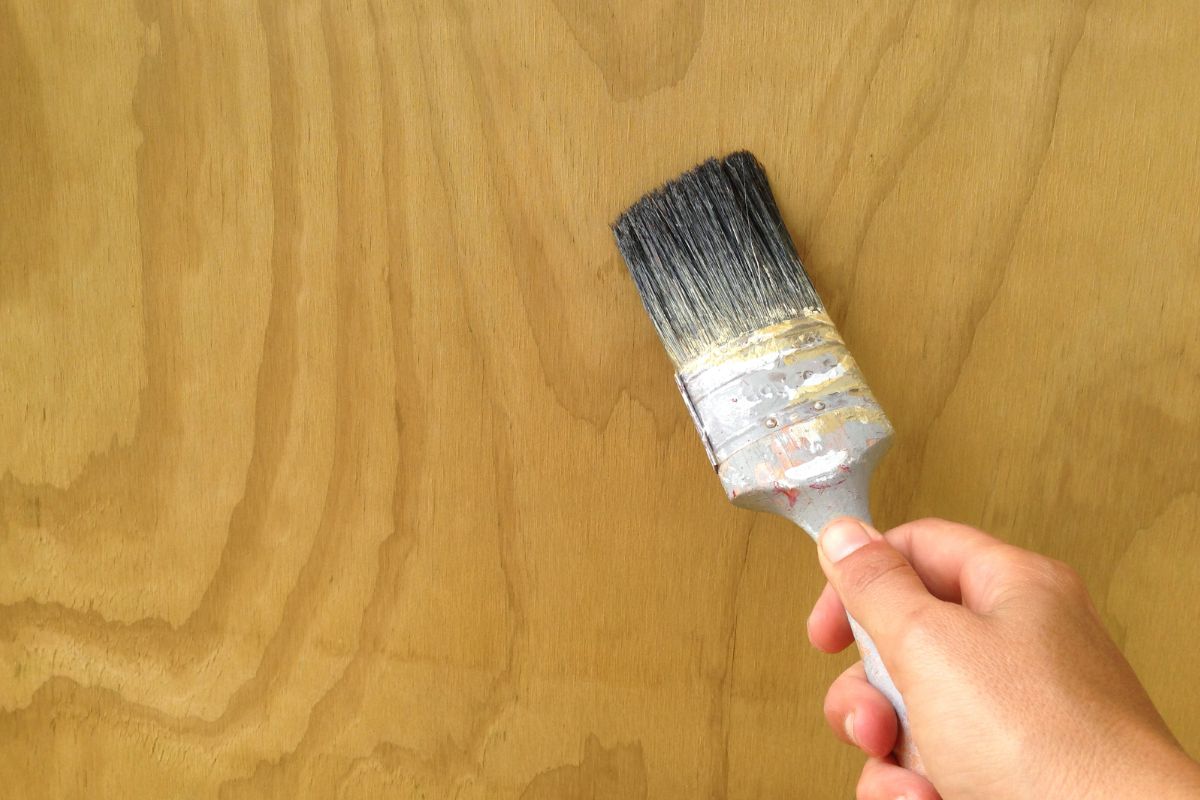
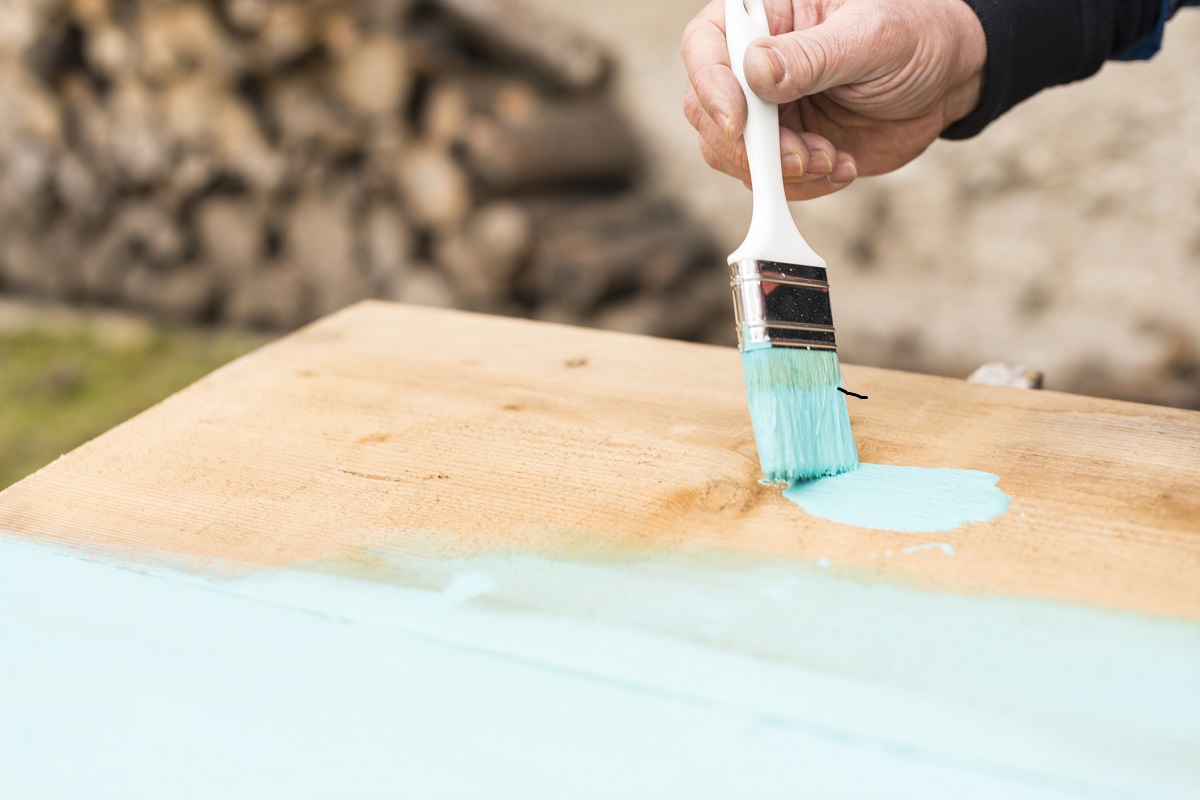
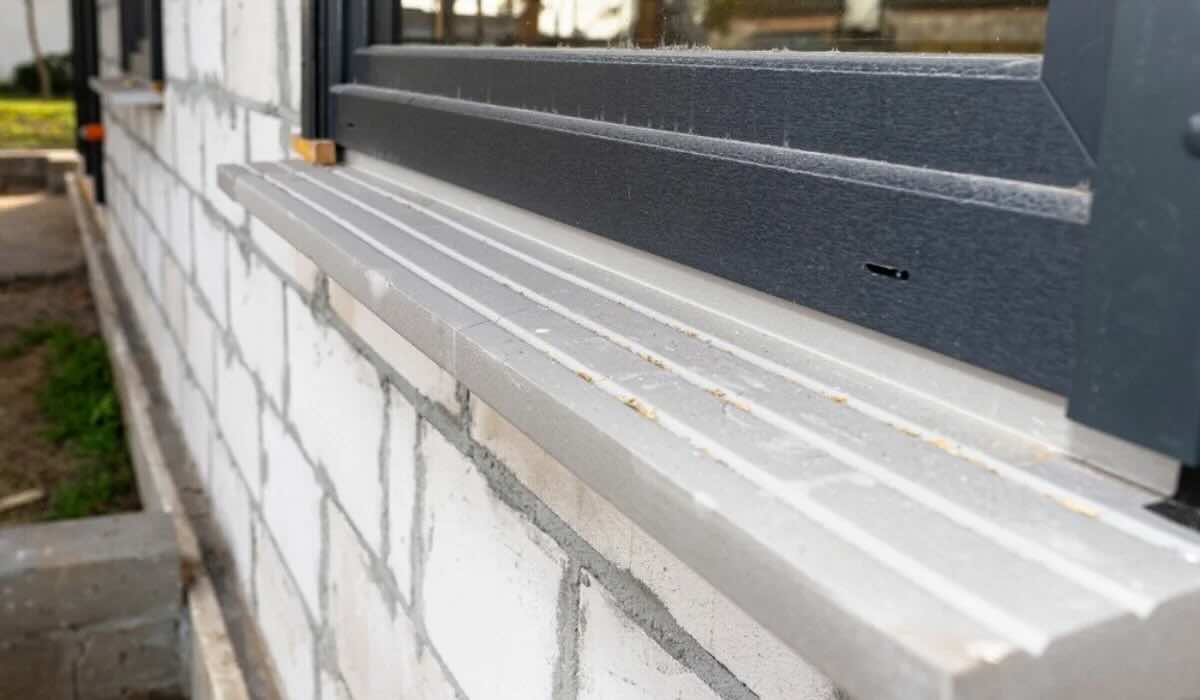
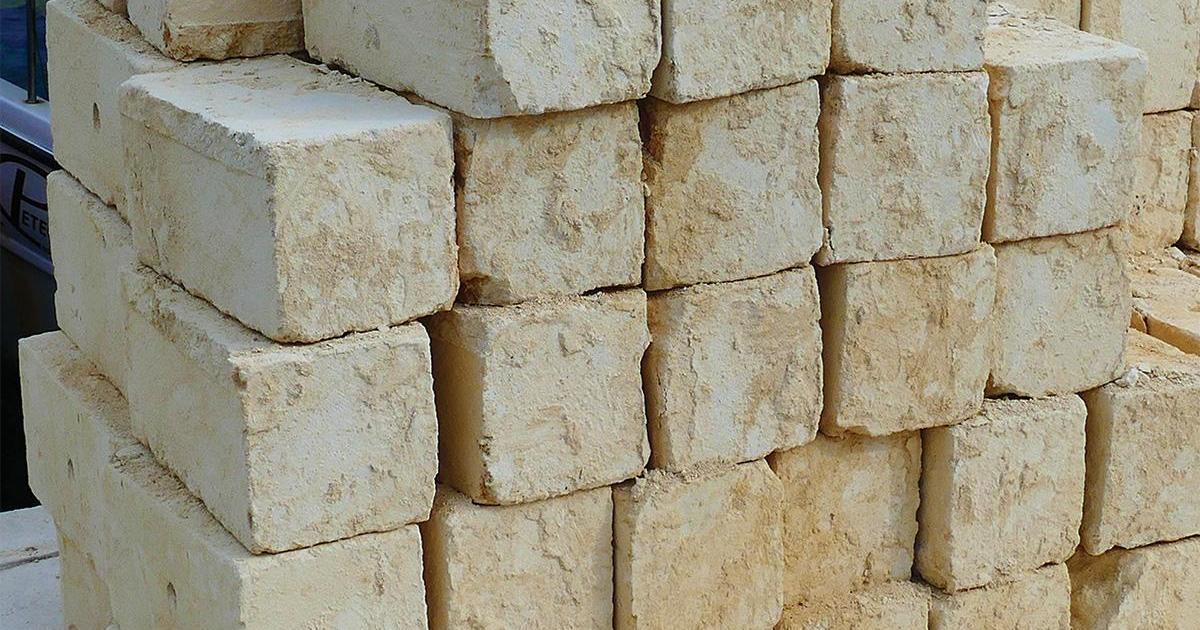
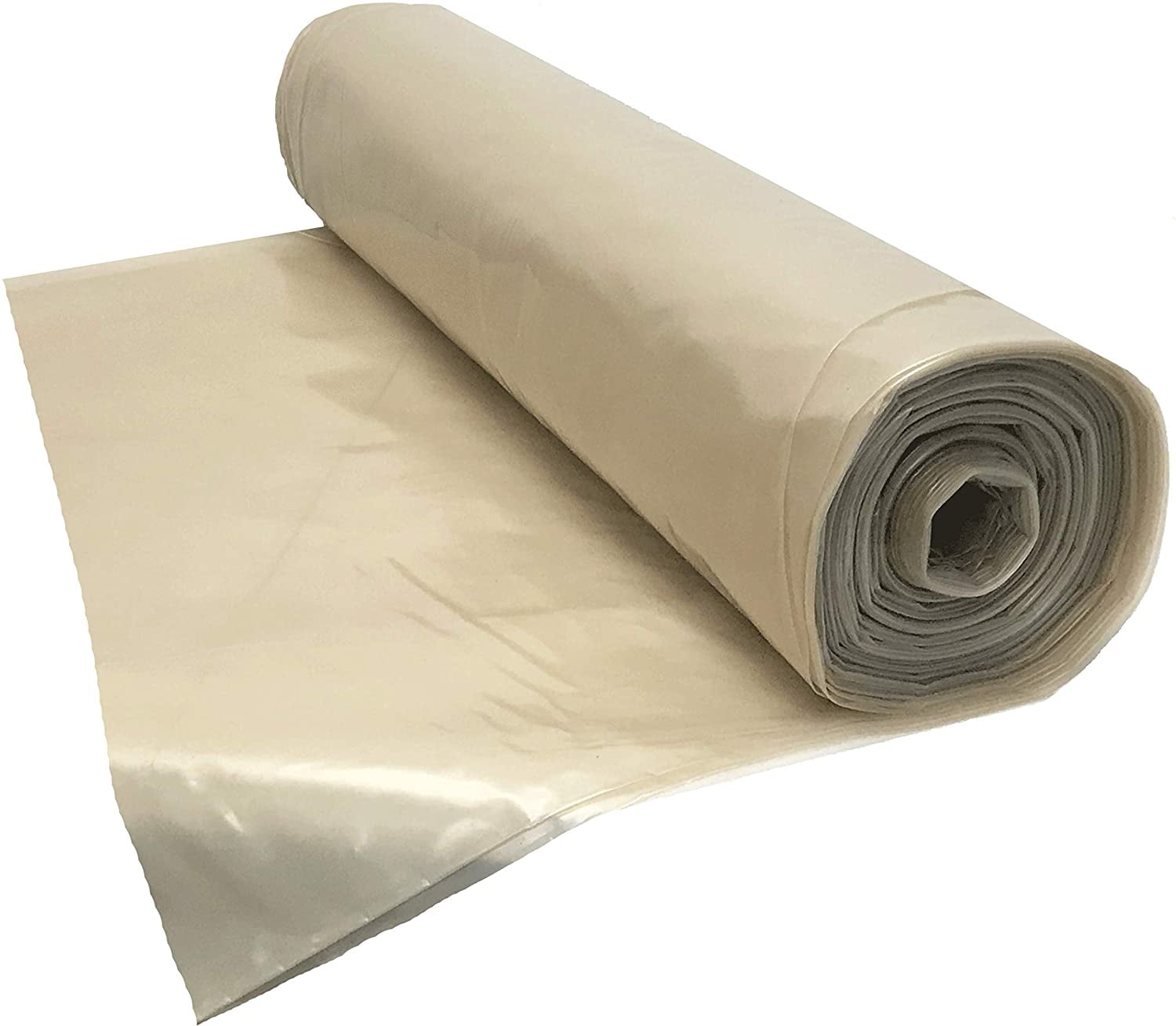
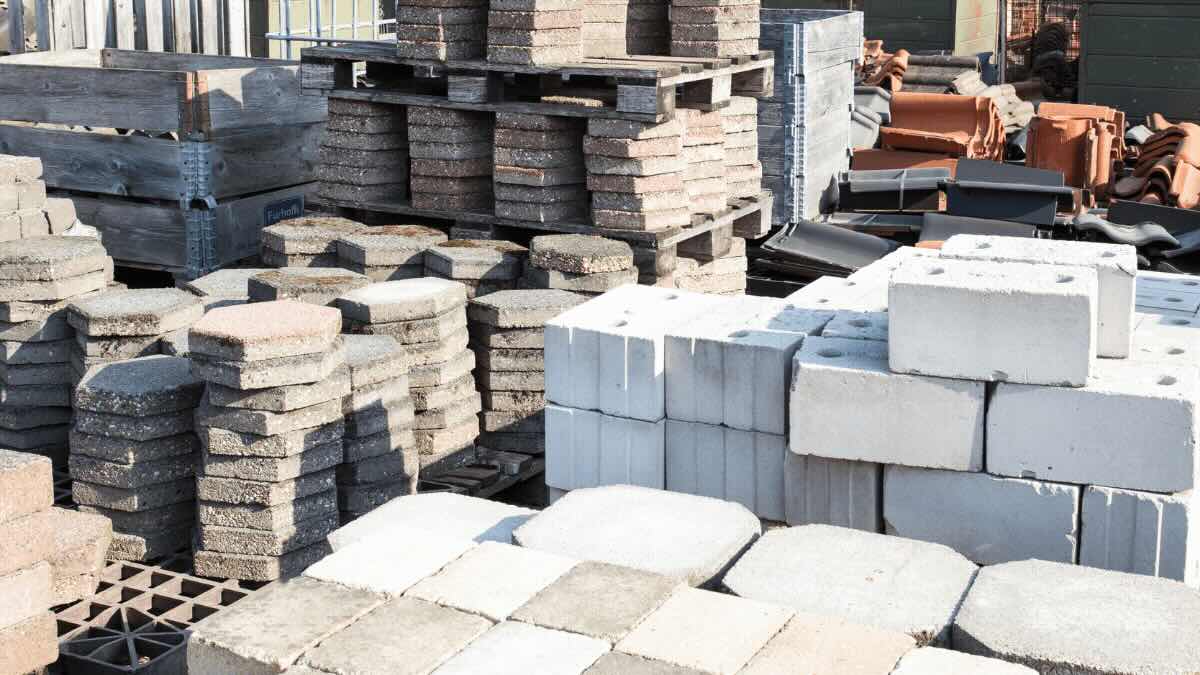
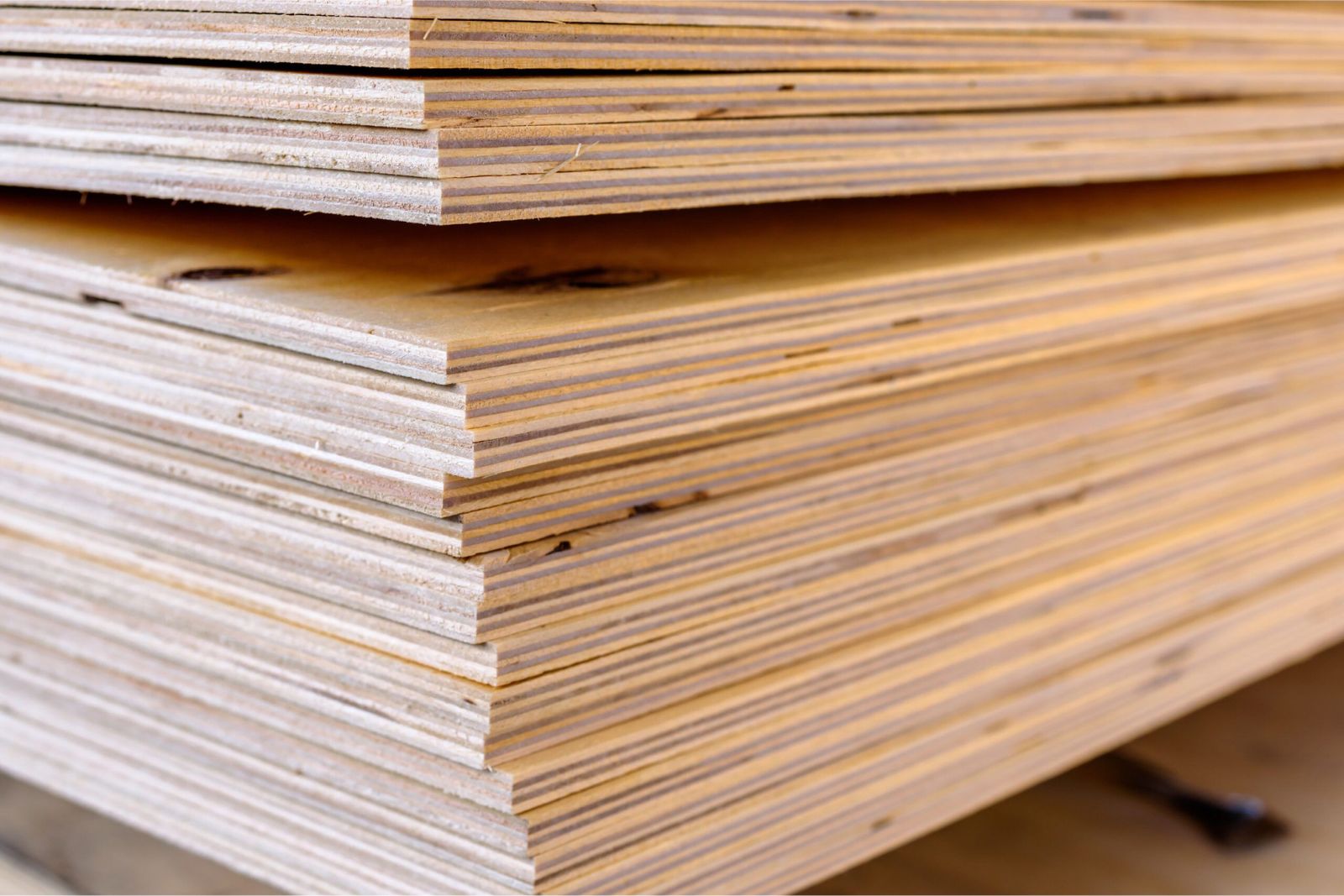
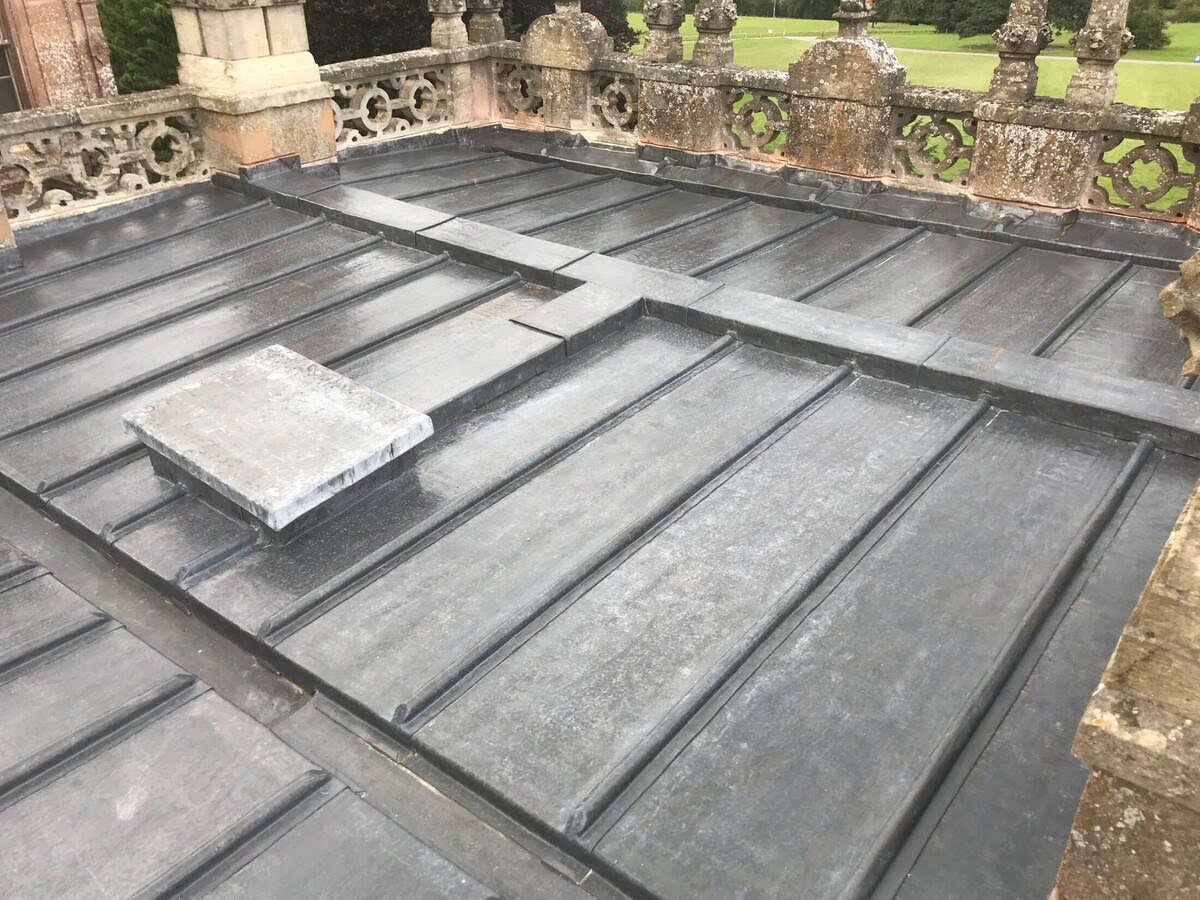
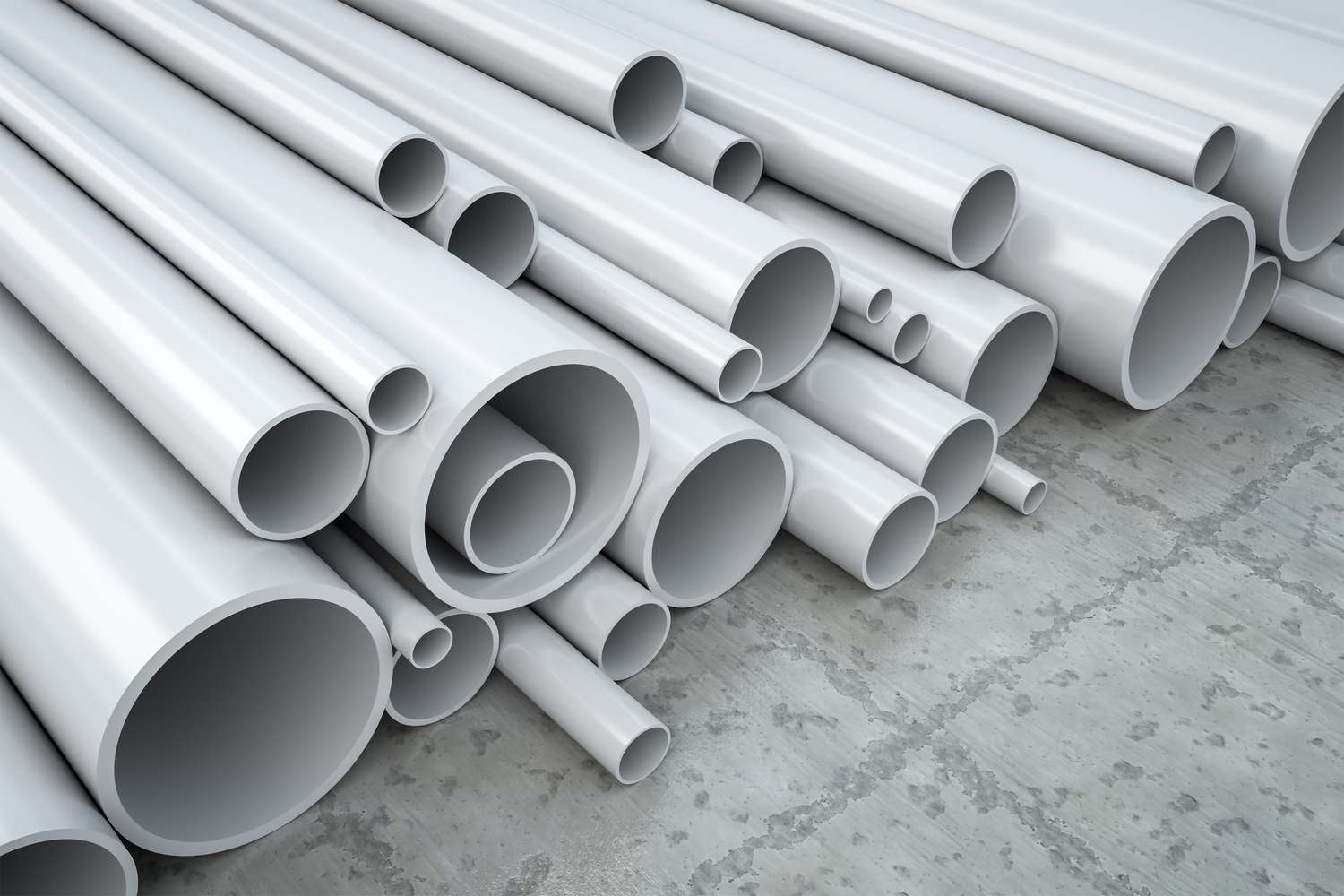
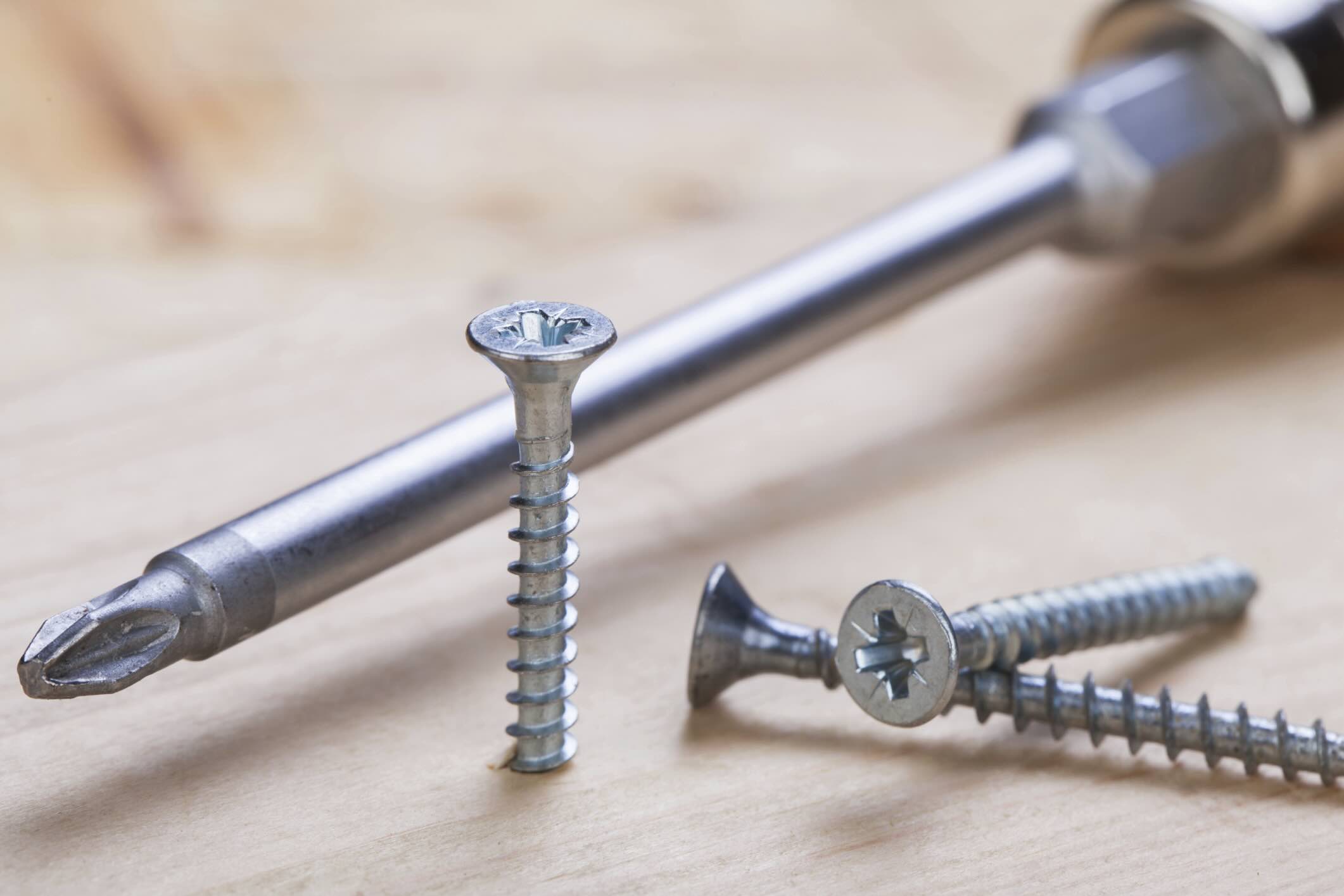
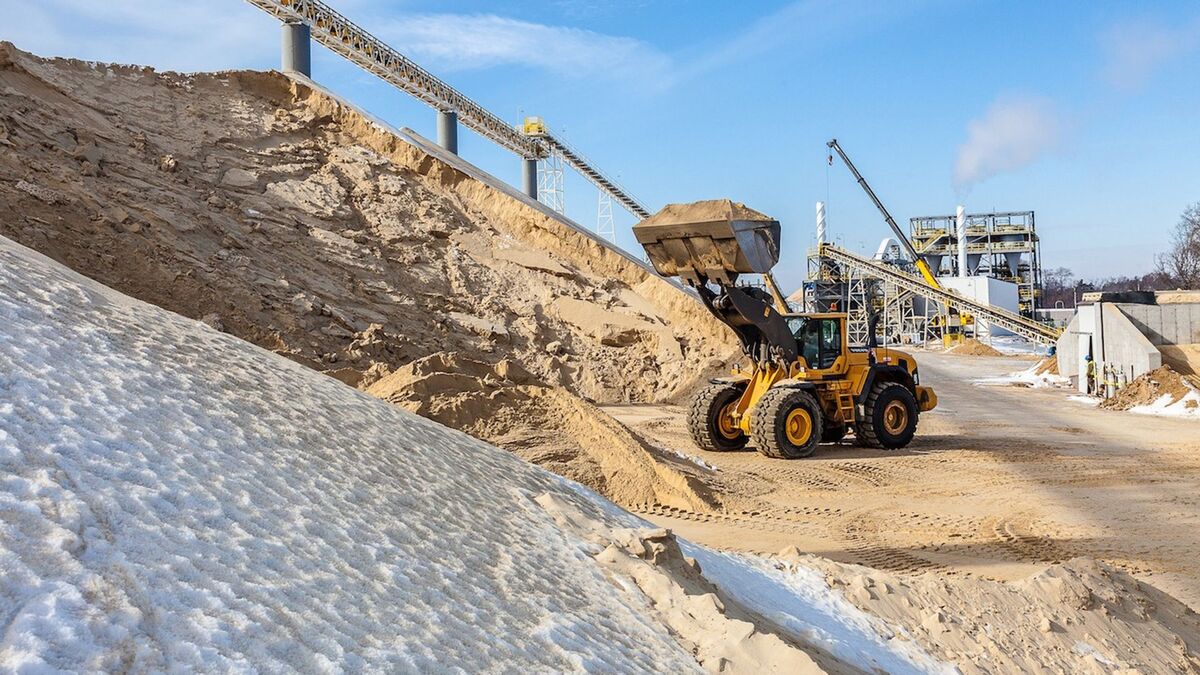
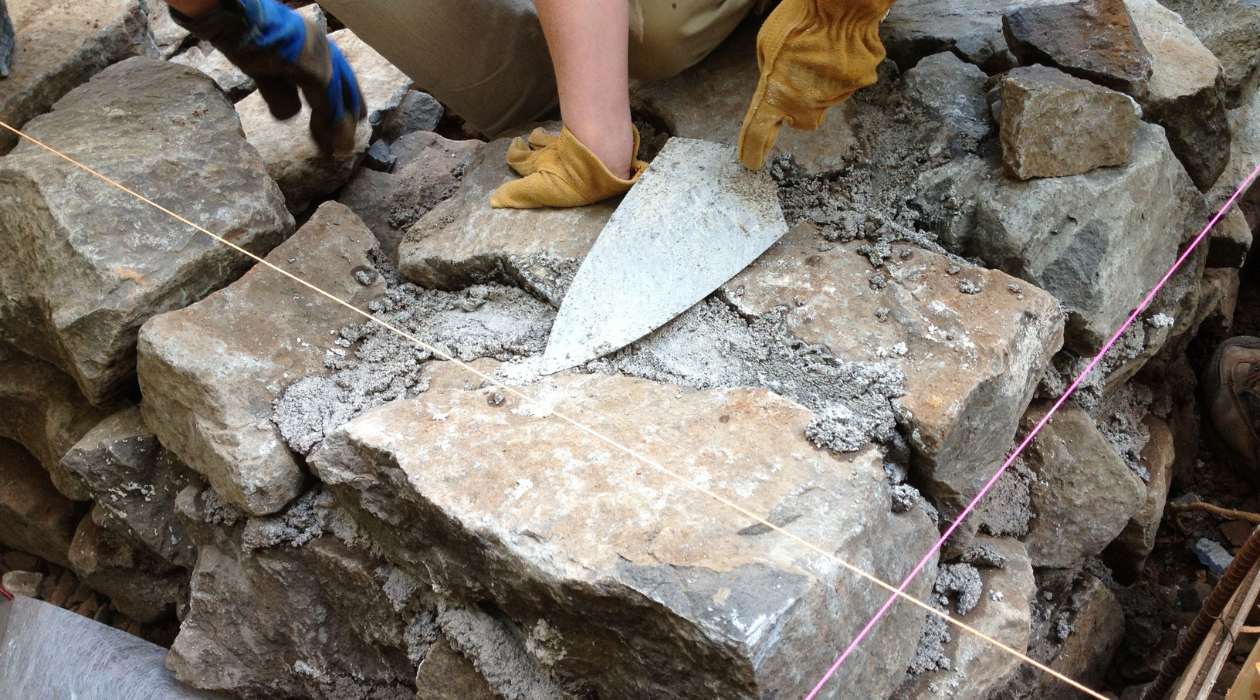
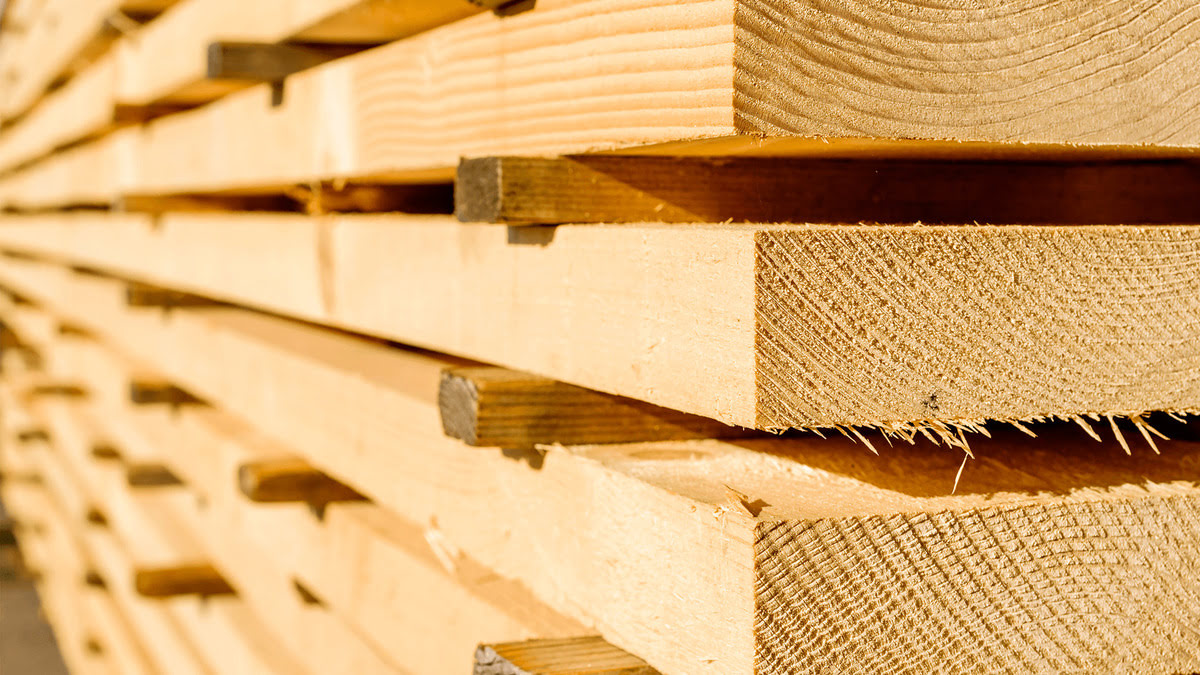
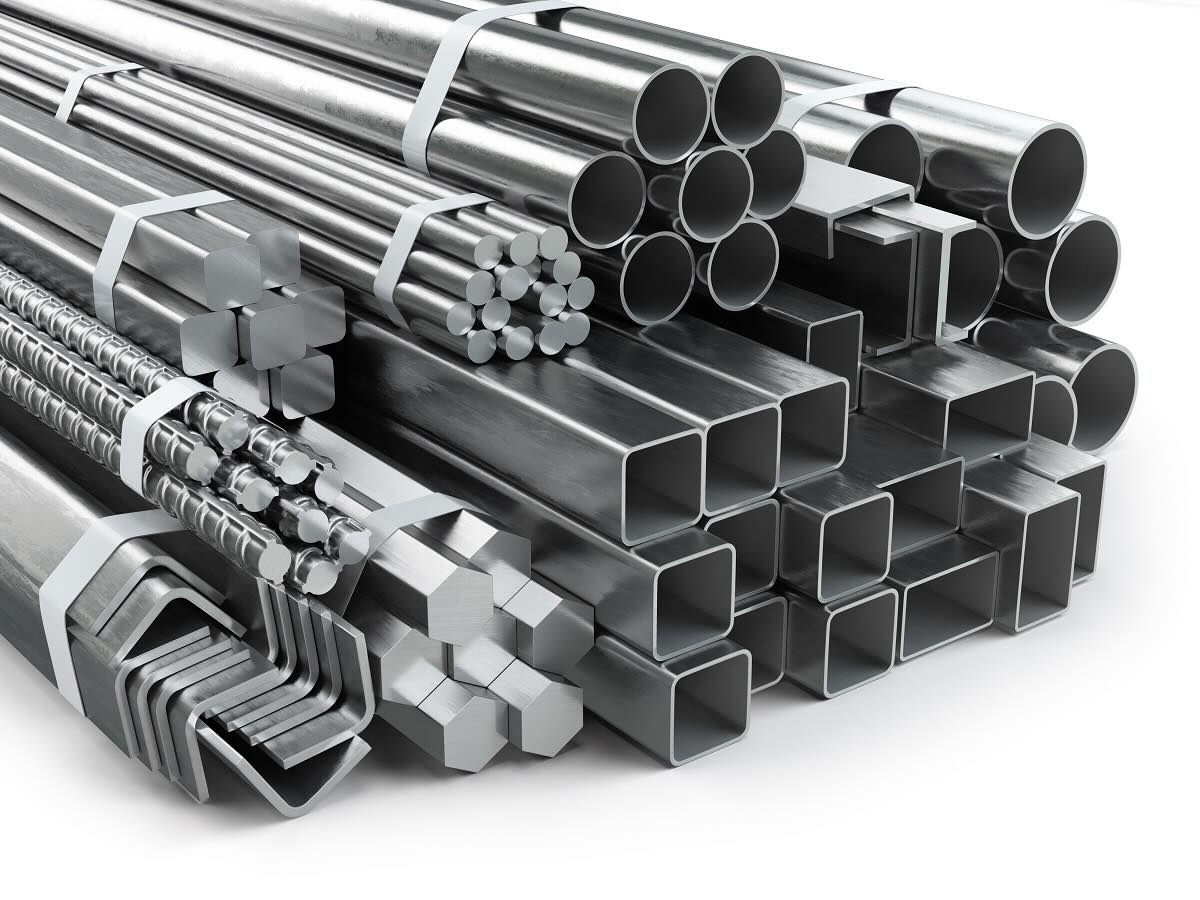

0 thoughts on “What Is Plywood Used For In Construction”